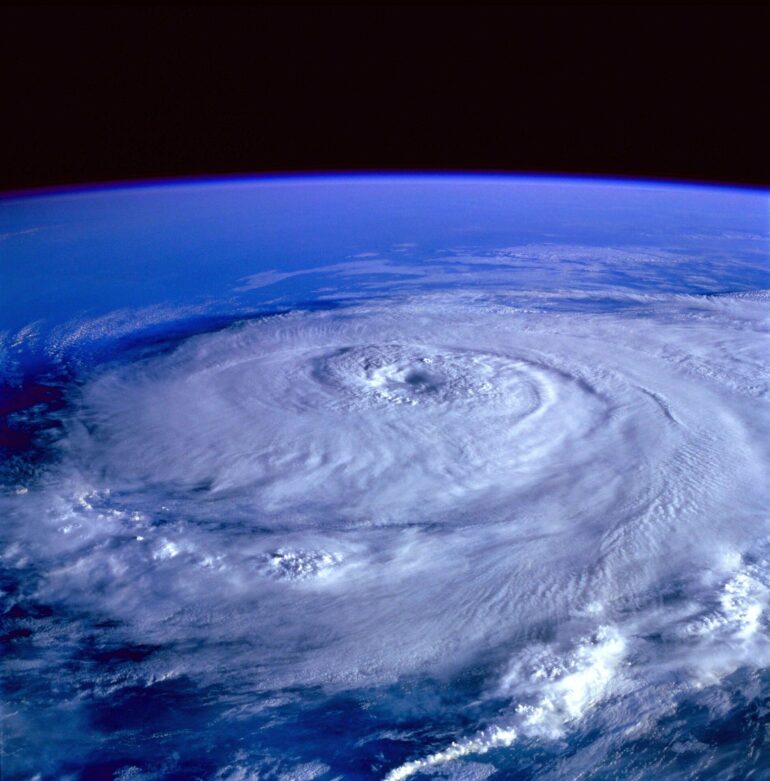Over recent decades, hurricanes and other tropical cyclones in the U.S. were associated with up to 33.4 percent higher death rates from several major causes in subsequent months.
This is the finding of research from Columbia University Mailman School of Public Health, Colorado State University, Imperial College London, and Harvard T. H. Chan School of Public Health, published in the journal JAMA.
The study exemplifies how far-reaching and varied the hidden costs to life could be from climate-related disasters and climate change.
Until now, there had been a critical knowledge gap about cause-specific tropical cyclone mortality risks from a large-scale study covering the entire U.S. across multiple decades.
After collecting 33.6 million U.S. death records from 1988 to 2018, the researchers used a statistical model to calculate how death rates changed after tropical cyclones and hurricanes (a subset of the strongest tropical cyclones) when compared to equivalent periods in other years.
The researchers found the largest overall increase in the month of hurricanes for injuries (33.4 percent), with increases in death rates in the month after tropical cyclones for injuries (3.7 percent), infectious and parasitic diseases (1.8 percent), respiratory diseases (1.3 percent), cardiovascular diseases (1.2 percent), and neuropsychiatric conditions (1.2 percent).
Residents of 1206 counties, covering half of the entire U.S. population, experienced at least one tropical cyclone during the study period. Tropical cyclones were most frequent in eastern and south-eastern coastal counties.
“Recent tropical cyclone seasons—which have yielded stronger, more active, and longer-lasting tropical cyclones than previously recorded—indicate that tropical cyclones will remain an important public health concern,” said Robbie Parks, Ph.D., post-doctoral research scientist at Columbia University Mailman School of Public Health, and first author. “Our results show that tropical cyclones in the U.S. were associated with increases in deaths for several major causes of death, speaking to the ‘hidden burden’ of climate-related exposures and climate change.
An outsized proportion of low-income and historically-disadvantaged communities in the United States reside in tropical cyclone-affected areas; understanding the public health consequences of climate-related disasters such as hurricanes and other tropical cyclones is an essential component of environmental justice.”
Female injury death rate increases (46.5 percent) were higher than males (27.6 percent) in the month of hurricanes. Death rate increases were higher for those aged 65 years or older in the month after tropical cyclones (6.4 percent) when compared with younger ages (2.7 percent).
“In the U.S., tropical cyclones, such as hurricanes and tropical storms, have a devastating effect on society, yet a comprehensive assessment of their continuing health impacts had been lacking,” said Marianthi-Anna Kioumourtzoglou, ScD, assistant professor of Environmental Health Sciences at Columbia Mailman School of Public Health, and senior author. “Our study is a first major step in better understanding how cyclones may affect deaths, which provides an essential foundation for improving resilience to climate-related disasters across the days, weeks, months, and years after they wreak destruction.”
“Association of Tropical Cyclones With County-Level Mortality in the US” is published in the journal JAMA.
More information:
Association of tropical cyclones with county-level mortality in the US, JAMA (2022).
Provided by
Columbia University’s Mailman School of Public Health
Citation:
Hurricanes and other tropical cyclones linked to rise in US deaths from several major causes (2022, March 8)



